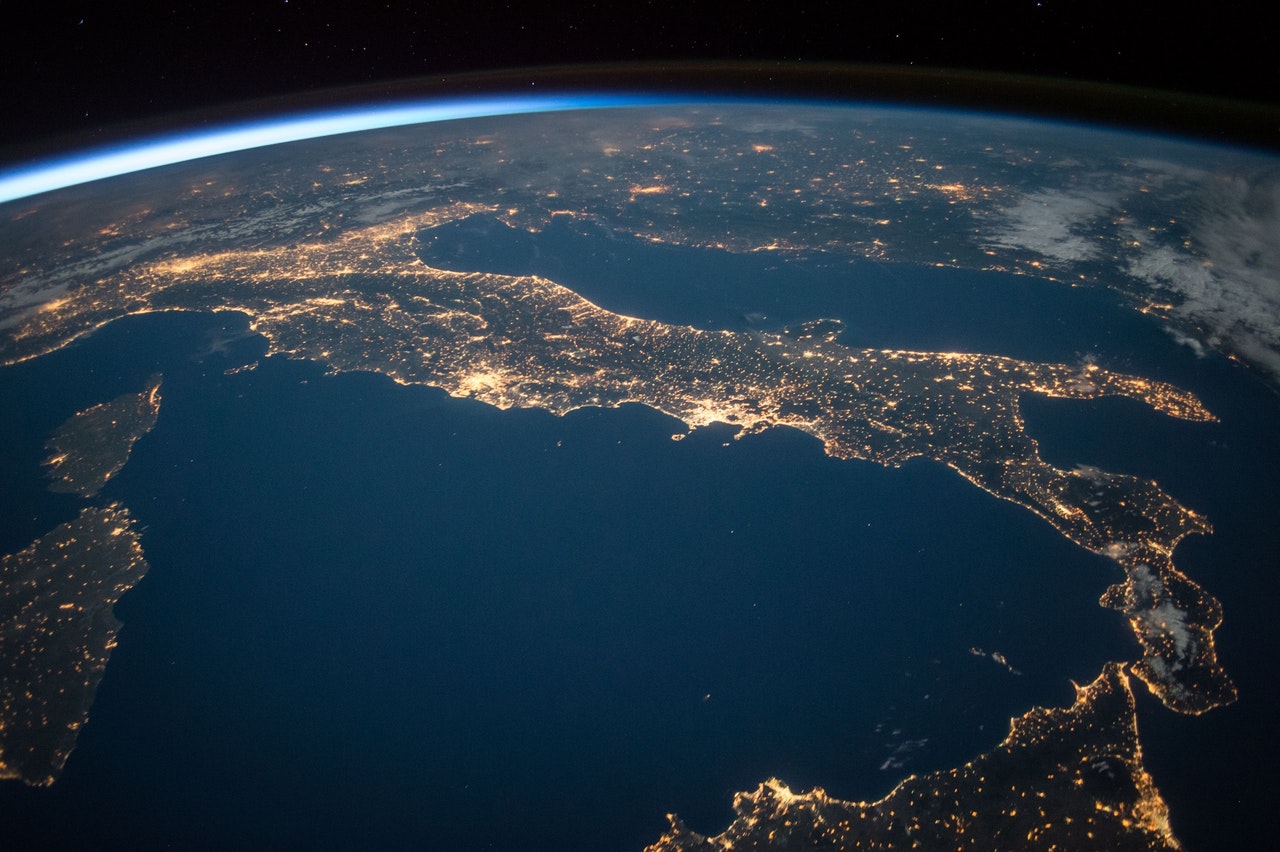Only 65 years have passed since the beginning of the space age, and human-crewed flights into orbit and equipment launches to the far corners of the solar system are perceived on a par with earthly events, and now space exploration even contributes towards sustainable development.
But this routine is only apparent – space exploration and preserving our planet is an essential and non-trivial task. There is a direct connection between these issues – space science is focused not only on the future but also helps solve the Earth’s problems here and now. In particular, to fight climate change and achieve sustainable development goals (SDGs).
About a third of all satellites in orbit are used for Earth remote sensing. Today, more than 80 states have their own devices in space – even such developing countries as Bhutan, Nepal, Ethiopia, and Sudan have acquired them. Those who have only one satellite in orbit primarily use it to monitor their territory.
Remote sensing is like the first steam engine for industry, only in the field of planetary science: a revolution that has turned people’s understanding of the structure of the Earth, its origin, and climate.
Today, satellites provide the most accurate meteorological and geolocation information, warn of impending natural disasters, help detect environmental disasters (fires, pollution, illegal logging, etc.), and provide data for climate modeling and forecasting the consequences of global warming. But that’s not all – each sustainable development goal benefits from interaction with space technologies.
According to a study published in the scientific publisher BioMed Central, space science has the most significant impact on the technology-driven Goals Zero Hunger, Health and Wellness, Industrialization, Innovation, and Infrastructure. Satellites are the least helpful in achieving “Gender Equality,” “Reducing Inequality,” and “Peace, Justice, and Strong Institutions” because they are focused on the political context.
The contribution of space sciences to the improvement of life is so outstanding that there was a proposal to create the eighteenth SDG – “Space for all.” The initiative was launched by students from the Netherlands. However, the concept is supported by large organizations – the UN Office for Outer Space Affairs (UNOOSA) and the US National Space Society (NSS).
Of course, using space technology to achieve sustainable development is not a panacea. And, the ill-conceived settlement of orbits with new devices threatens the appearance of landfills in near-Earth space. However, it is necessary to be “friends” with space — the tasks included in the SDGs are becoming more and more dependent on orbital technology.

